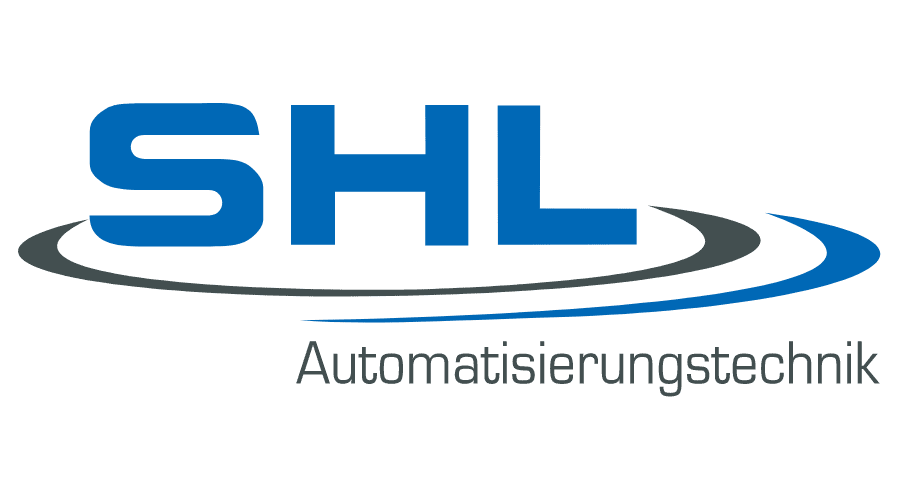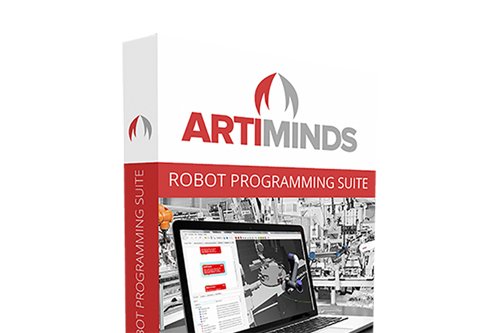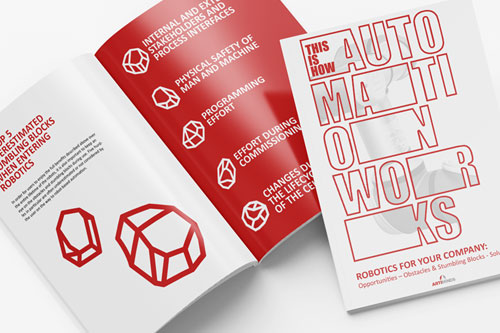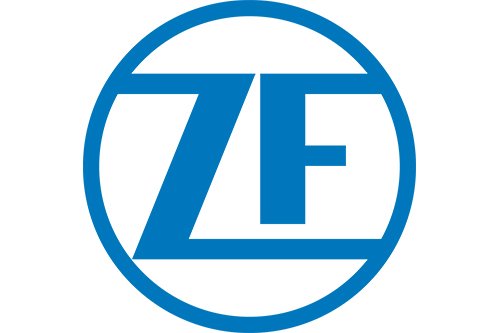Setting up automated grinding applications faster
SHL AUTOMATISIERUNGSTECHNIK
Fast setup of automated grinding applications through close integration of process monitoring and optimization using ArtiMinds RPS and LAR
CHALLENGE
For a customer project, SHL, an expert in the development of flexible robotic cells in the field of surface finishing, was asked to carry out trials for the automated grinding of medical disinfectors. One of the challenges is to compensate the product and process tolerances so that the exact desired amount of material is removed at any time. Therefore, solving the application requires a dynamically adapting regulation of the robot motion depending on the occurring process forces.
SOLUTION
In addition to the development of mechanical and pneumatic compliance systems and corresponding tests, SHL decided to carry out a project with ArtiMinds to test the suitability of force/torque sensors for the required adaption of the system. In this context, the ArtiMinds RPS software simplified the commissioning of the hardware components used and the programming of force-adaptive movements of the robot.
Another challenge was to find and set the optimum process parameters for an optimal grinding result. Continuous monitoring and evaluation of the achieved surface quality is usually assessed by visual inspections and manually feeling the surface after the grinding processes. This requires great experience and special process expertise. The iterative adjustment of individual process parameters in the robot program moreover demands a high level of knowledge in robotics.






